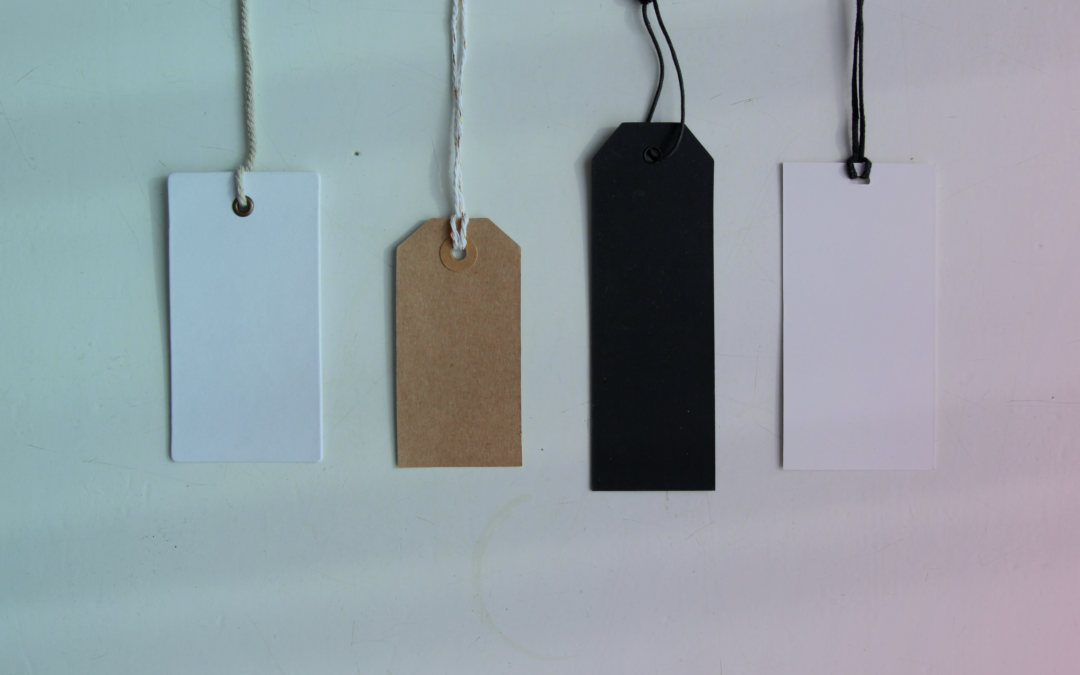I admit it, at Boardfy we won’t stay still for a second. We are always thinking about how to give a twist to this pricing thing and get the maximum possible profitability out of your sales.
Every now and then, we spend a few days getting to grips with our platform and with Amazon, looking for even the smallest loophole in the innermost recesses of this marketplace. We want to find the smallest crack that allows us to add an extra feature, a new filter, a relevant piece of information, whatever it takes to improve the margin of each product.
It was during one of these introspection processes that we discovered that Amazon (which is not only good at what it does but also very smart) was making a small move on some products.
A move that is very difficult to notice unless you check the comparison of each of your products.
What if I tell you that Amazon assigns the BuyBox to itself or to sellers on FBA despite having a product temporarily out of stock?

“The art of war is based on deception.…
…Therefore, when he is able to attack, he must appear incapable; when the troops are moving, he must appear inactive. If he is close to the enemy, he must make him believe that he is far away; if far away, he must make it appear that he is near”.
Sun Tzu explained in his book The Art of War what the basic principle of both strategic and tactical action was: deception.
It is very likely that the people at Amazon have read the Chinese general, as they have certainly applied this maxim faithfully. Their latest tactic is to keep the BuyBox, both of their products and those of other sellers (as long as they are in FBA), despite being out of stock.

In this way they get the most incautious consumer to reserve the product even if it is not available.
The question is obvious: what does this data bring us?
The answer is simple: a new variable for our pricing strategy.
Keeping a distance
I could say that pricing is based on knowing how to measure distances: how close you are to reaching your minimum margin, how many euros you can increase the margin without losing the first position, how far you are from the best seller…
Everything is based on price variations according to the distance from your competitors within certain parameters. But if one of these competitors has the product temporarily out of stock, it is really as if it were not there and the distance vanishes.
“If you are far away, pretend you are close. Those were the words of Sun Tzu.
So, if we encounter a scene like the following, the smart thing to do is to hold positions and not lower the price.

Remember that even if it is there, it is as if it wasn’t. Right now you are the best price and the third competitor becomes the second.
Despite not having the BuyBox, the seasoned buyer, seeing that it is not available in stock, will enter the comparison and probably buy your item. Note that now you have the product available at a better price.
In this other example, the relevant competitor is the second seller. Not only has the BuyBox but right now is the one that has the product available with the best price.

Taking this into account, placing below it will be enough to get the first position. This way we avoid forcing the profit margin to overtake Amazon.
To make all this easier, we have added to our automatic rules the option to take into account these temporary stock breaks by the competition.
This way we automatically kill two birds with one stone: we really take into account who the competitors on the scene are and we avoid senseless price drops against sellers without stock.
Sometimes the ways of Amazon are inscrutable, but we at Boardfy always try to shed some light. We keep working.








